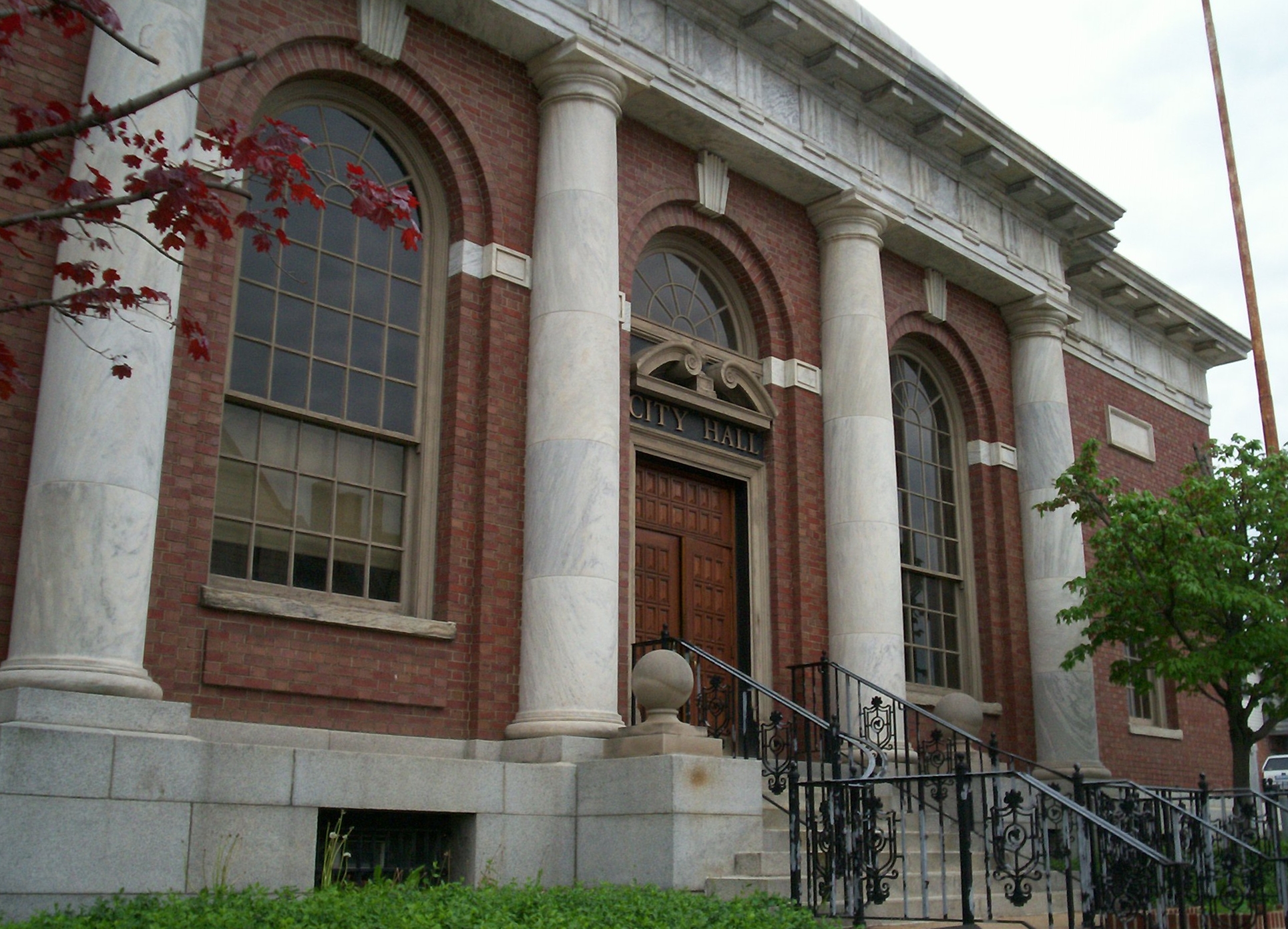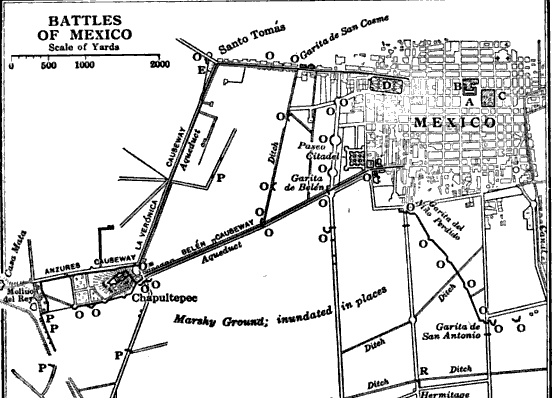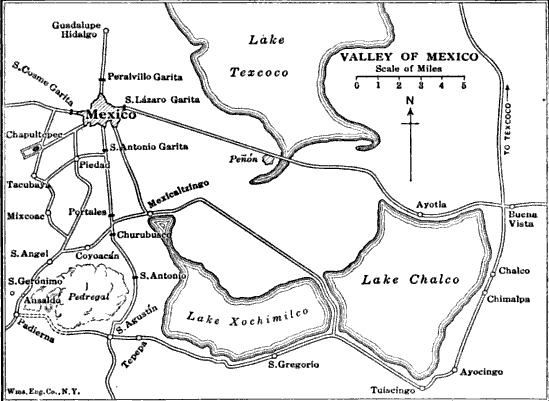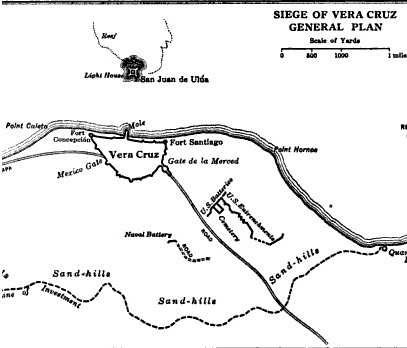|
Richard Coulter (general)
Richard Coulter, Sr. (October 1, 1827 – October 14, 1908) was an American Civil War Colonel and brevet brigadier general of volunteers in the Union Army, a businessman, and banker. During the Civil War he was colonel of the 11th Pennsylvania Infantry, often rising to brigade command upon the wounding of superior officers. In 1866, he was nominated and confirmed as a brevet major general of volunteers to rank from April 1, 1865. Early life and career Richard Coulter, Sr. was born in Greensburg, Westmoreland County, Pennsylvania, a son of Eli Coulter Jr. (1791–1830) and Rebecca Alexander. Eli Coulter was a prominent business man and managed a steam mill in Greensburg. Richard attended Jefferson College in Washington, Pennsylvania.Eicher, John H., and David J. Eicher, ''Civil War High Commands''. Stanford: Stanford University Press, 2001. . p. 187. After leaving college in 1845 at the age of 19, he worked in the law office of his uncle, Richard Coulter (1788–1852) in Greensb ... [...More Info...] [...Related Items...] OR: [Wikipedia] [Google] [Baidu] |
Greensburg, Pennsylvania
Greensburg is a city in and the county seat of Westmoreland County, Pennsylvania, United States, and a part of the Pittsburgh Metro Area. The city lies within the Laurel Highlands and the ecoregion of the Western Allegheny Plateau (ecoregion), Western Allegheny Plateau. The city is named after Nathanael Greene, a major general of the Continental Army in the American Revolutionary War. The population was 14,976 at the 2020 United States census, 2020 census. Located southeast of Pittsburgh, Greensburg is a major business, academic, tourism, and cultural center in Western Pennsylvania. It is evident as the city's population doubles during work hours. In 2007, Greensburg was ranked as one of the "Best Places to Retire" in Pennsylvania by ''U.S. News & World Report''. History After the end of the American Revolutionary War, Revolutionary War, an inn was built along a wagon trail that stretched from Philadelphia west over the Appalachian Mountains to Fort Pitt (Pennsylvania), Fort P ... [...More Info...] [...Related Items...] OR: [Wikipedia] [Google] [Baidu] |
Washington, Pennsylvania
Washington is a city in and the county seat of Washington County, Pennsylvania. A part of the Greater Pittsburgh area in the southwestern part of the state, the city is home to Washington & Jefferson College and Pony League baseball. The population was 13,176 at the 2020 census. History Delaware Indian chief Tangooqua, commonly known as "Catfish", had a camp on a branch of Chartiers Creek, in what is now part of the city of Washington.Walkinshaw, Lewis Clark (c. 1939). ''Annals of southwestern Pennsylvania, Vol. 1''. New York. Lewis Historical Publishing Company, Inc, p. 16. The French labeled the area "Wissameking", meaning "catfish place", as early as 1757. The area of Washington was settled by many immigrants from Scotland and the north of Ireland along with settlers from eastern and central parts of colonial Virginia. It was first settled by colonists around 1768. The Pennsylvania General Assembly passed an act on March 28, 1781, erecting the County of Washington and na ... [...More Info...] [...Related Items...] OR: [Wikipedia] [Google] [Baidu] |
Governor Of Pennsylvania
A governor is an administrative leader and head of a polity or political region, ranking under the head of state and in some cases, such as governors-general, as the head of state's official representative. Depending on the type of political region or polity, a ''governor'' may be either appointed or elected, and the governor's powers can vary significantly, depending on the public laws in place locally. The adjective pertaining to a governor is gubernatorial, from the Latin root ''gubernare''. Ancient empires Pre-Roman empires Though the legal and administrative framework of provinces, each administrated by a governor, was created by the Romans, the term ''governor'' has been a convenient term for historians to describe similar systems in antiquity. Indeed, many regions of the pre-Roman antiquity were ultimately replaced by Roman 'standardized' provincial governments after their conquest by Rome. Plato used the metaphor of turning the Ship of State with a rudder; the Latin ... [...More Info...] [...Related Items...] OR: [Wikipedia] [Google] [Baidu] |
Abraham Lincoln
Abraham Lincoln ( ; February 12, 1809 – April 15, 1865) was an American lawyer, politician, and statesman who served as the 16th president of the United States from 1861 until his assassination in 1865. Lincoln led the nation through the American Civil War and succeeded in preserving the Union, abolishing slavery, bolstering the federal government, and modernizing the U.S. economy. Lincoln was born into poverty in a log cabin in Kentucky and was raised on the frontier, primarily in Indiana. He was self-educated and became a lawyer, Whig Party leader, Illinois state legislator, and U.S. Congressman from Illinois. In 1849, he returned to his successful law practice in central Illinois. In 1854, he was angered by the Kansas–Nebraska Act, which opened the territories to slavery, and he re-entered politics. He soon became a leader of the new Republican Party. He reached a national audience in the 1858 Senate campaign debates against Stephen A. Douglas. ... [...More Info...] [...Related Items...] OR: [Wikipedia] [Google] [Baidu] |
John W
John is a common English name and surname: * John (given name) * John (surname) John may also refer to: New Testament Works * Gospel of John, a title often shortened to John * First Epistle of John, often shortened to 1 John * Second Epistle of John, often shortened to 2 John * Third Epistle of John, often shortened to 3 John People * John the Baptist (died c. AD 30), regarded as a prophet and the forerunner of Jesus Christ * John the Apostle (lived c. AD 30), one of the twelve apostles of Jesus * John the Evangelist, assigned author of the Fourth Gospel, once identified with the Apostle * John of Patmos, also known as John the Divine or John the Revelator, the author of the Book of Revelation, once identified with the Apostle * John the Presbyter, a figure either identified with or distinguished from the Apostle, the Evangelist and John of Patmos Other people with the given name Religious figures * John, father of Andrew the Apostle and Saint Peter * Pope Jo ... [...More Info...] [...Related Items...] OR: [Wikipedia] [Google] [Baidu] |
Battle For Mexico City
The Battle for Mexico City refers to the series of engagements from September 8 to September 15, 1847, in the general vicinity of Mexico City during the Mexican–American War. Included are major actions at the battles of Molino del Rey and Chapultepec, culminating with the fall of Mexico City. The U.S. Army under Winfield Scott won a major victory that ended the war. Background The major objective of American operations in central Mexico had been the capture of Mexico City. After capturing the port of Veracruz in March, General Winfield Scott was able to secure a base and move inland and defeat a large Mexican force at the Battle of Cerro Gordo. After routing the Mexicans at the Battle of Churubusco, Scott's army was less than eight kilometers (five miles) away from its objective of Mexico City. Battles Molino del Rey On September 8, the fight for Mexico City began. General Scott believed that a cannon foundry was located at the Molino del Rey, known as the ''King's Mill ... [...More Info...] [...Related Items...] OR: [Wikipedia] [Google] [Baidu] |
Battle Of Chapultepec
The Battle of Chapultepec was a battle between American forces and Mexican forces holding the strategically located Chapultepec Castle just outside Mexico City, fought 13 September 1847 during the Mexican–American War. The building, sitting atop a hill, was an important position for the defense of the city. The battle was part of the campaign to take Mexico City, for which General Winfield Scott's U.S. Army totaled 7,200 men. General Antonio López de Santa Anna, known for vicious attacks against Native Mexican American tribes, had formed an army of approximately 25,000 men. Mexican forces, including military cadets of the Military Academy, defended the position at Chapultepec against 2,000 U.S. forces. The Mexicans' loss opened the way for the Americans to take the center of Mexico City. In Mexican history, the battle is cast as the story of the brave deaths of six cadets, the Niños Héroes, who leapt to their deaths rather than be taken captive, with one wrapping himself ... [...More Info...] [...Related Items...] OR: [Wikipedia] [Google] [Baidu] |
Battle Of Churubusco
The Battle of Churubusco took place on August 20, 1847, while Santa Anna's army was in retreat from the Battle of Contreras or Battle of Padierna during the Mexican–American War. It was the battle where the San Patricio Battalion, made up largely of US deserters, made their last stand against U.S. forces. The U.S. Army was victorious, outnumbering more than two-to-one the defending Mexican troops. After the battle, the U.S. Army was only 5 miles (8 km) away from Mexico City. 50 Saint Patrick's Battalion members were officially executed by the U.S. Army, all but two by hanging. Collectively, this was the largest mass execution in United States history. Background Following their defeats at Contreras, Antonio López de Santa Anna ordered Major General Nicolás Bravo Rueda with the Army of the Center, to retreat from San Antonio to Churubusco.Bauer, K.J., 1974, ''The Mexican War, 1846-1848'', New York:Macmillan, Santa Anna also ordered Major General Manuel Rincón to ... [...More Info...] [...Related Items...] OR: [Wikipedia] [Google] [Baidu] |
Battle Of Contreras
The Battle of Contreras, also known as the Battle of Padierna, took place on 19–20 August 1847, in one of the final encounters of the Mexican–American War, as invading U.S. forces under Winfield Scott approached the Mexican capital. American forces surprised and then routed the Mexican forces of General Gabriel Valencia, who had disobeyed General Antonio López de Santa Anna's orders for his forces' placement. Although the battle was an overwhelming victory for U.S. forces, there are few depictions of it in contemporary popular prints. The armies re-engaged the next day in the Battle of Churubusco. Background General Gabriel Valencia's army of the north was part of the forces that fought at the Battle of Buena Vista in February 1847, in which Santa Anna retreated before giving a crushing blow to the forces of Zachary Taylor. The Mexican forces were then divided in two, with one sent to Cerro Gordo and the other to San Luis Potosí. General Valencia was given the command of ... [...More Info...] [...Related Items...] OR: [Wikipedia] [Google] [Baidu] |
Battle Of Cerro Gordo
The Battle of Cerro Gordo, or Battle of Sierra Gordo, was an engagement in the Mexican–American War on April 18, 1847. The battle saw Winfield Scott's United States troops outflank Antonio López de Santa Anna's larger Mexican army, driving it from a strong defensive position. Background After United States forces captured the port of Veracruz on March 29, 1847, General Winfield Scott advanced towards Mexico City on April 2 by crossing the Rio Antigua.Bauer, K.J., 1974, ''The Mexican War, 1846–1848'', New York: Macmillan, General Antonio López de Santa Anna, commanding Mexican forces in the area, had prepared fortifications at Cerro Gordo, near Xalapa, with more than 8,700 soldiers in a fortified defile, dominated by El Telegrafo. These included several batteries under the command of brigadier generals Luis Pinzon, Jose Maria Jararo, and Romulo Diaz de la Vega. Scott's leading division, commanded by David E. Twiggs, reached the Cerro Gordo Pass on April 12. Battle ... [...More Info...] [...Related Items...] OR: [Wikipedia] [Google] [Baidu] |
Siege Of Vera Cruz
The Battle of Veracruz was a 20-day siege of the key Mexican beachhead seaport of Veracruz during the Mexican–American War. Lasting from March 9–29, 1847, it began with the first large-scale amphibious assault conducted by United States military forces, and ended with the surrender and occupation of the city. U.S. forces then marched inland to Mexico City. Background After the battles of Monterrey and Buena Vista, much of Zachary Taylor's Army of Occupation was transferred to the command of Major General Winfield Scott in support of the upcoming campaign. That campaign, determined by Scott and other Washington officials, would be a Veracruz landing and an advance inland.Bauer, K.J., 1974, ''The Mexican War, 1846–1848'', New York: Macmillan, Mexican military intelligence knew in advance of U.S. plans to attack Veracruz, but internal government turmoil left them powerless to send crucial reinforcements before the American assault commenced. Opposing forces Mexican de ... [...More Info...] [...Related Items...] OR: [Wikipedia] [Google] [Baidu] |
Winfield Scott
Winfield Scott (June 13, 1786May 29, 1866) was an American military commander and political candidate. He served as a general in the United States Army from 1814 to 1861, taking part in the War of 1812, the Mexican–American War, the early stages of the American Civil War and conflicts with Native Americans. Scott was the Whig Party's presidential nominee in the 1852 election, but was defeated by Democrat Franklin Pierce. He was known as Old Fuss and Feathers for his insistence on proper military etiquette, as well as the Grand Old Man of the Army for his many years of service. Scott was born near Petersburg, Virginia, in 1786. After training as a lawyer and brief militia service, he joined the army in 1808 as a captain of the light artillery. In the War of 1812, Scott served on the Canadian front, taking part in the Battle of Queenston Heights and the Battle of Fort George, and was promoted to brigadier general in early 1814. He served with distinction in the Battle o ... [...More Info...] [...Related Items...] OR: [Wikipedia] [Google] [Baidu] |








